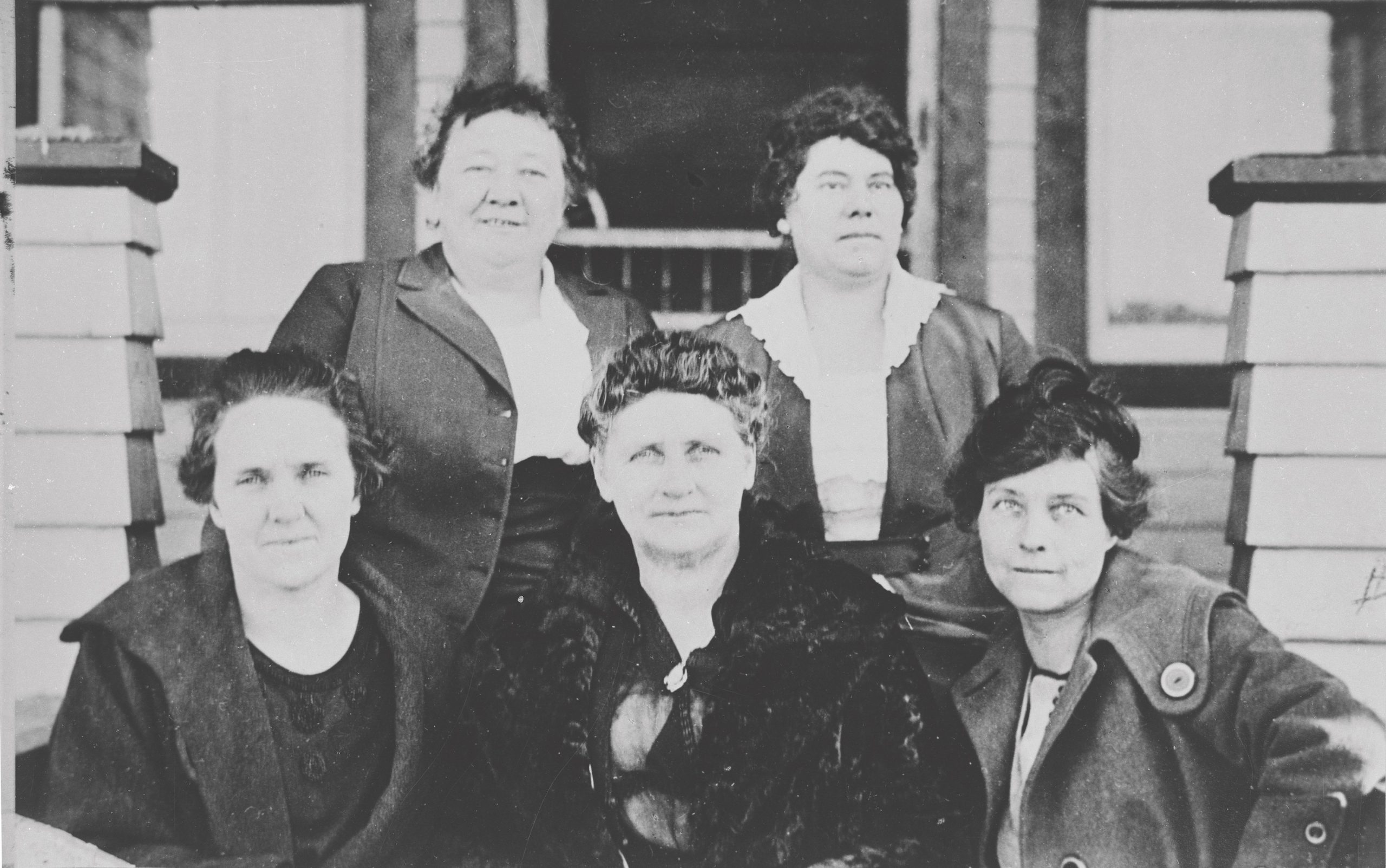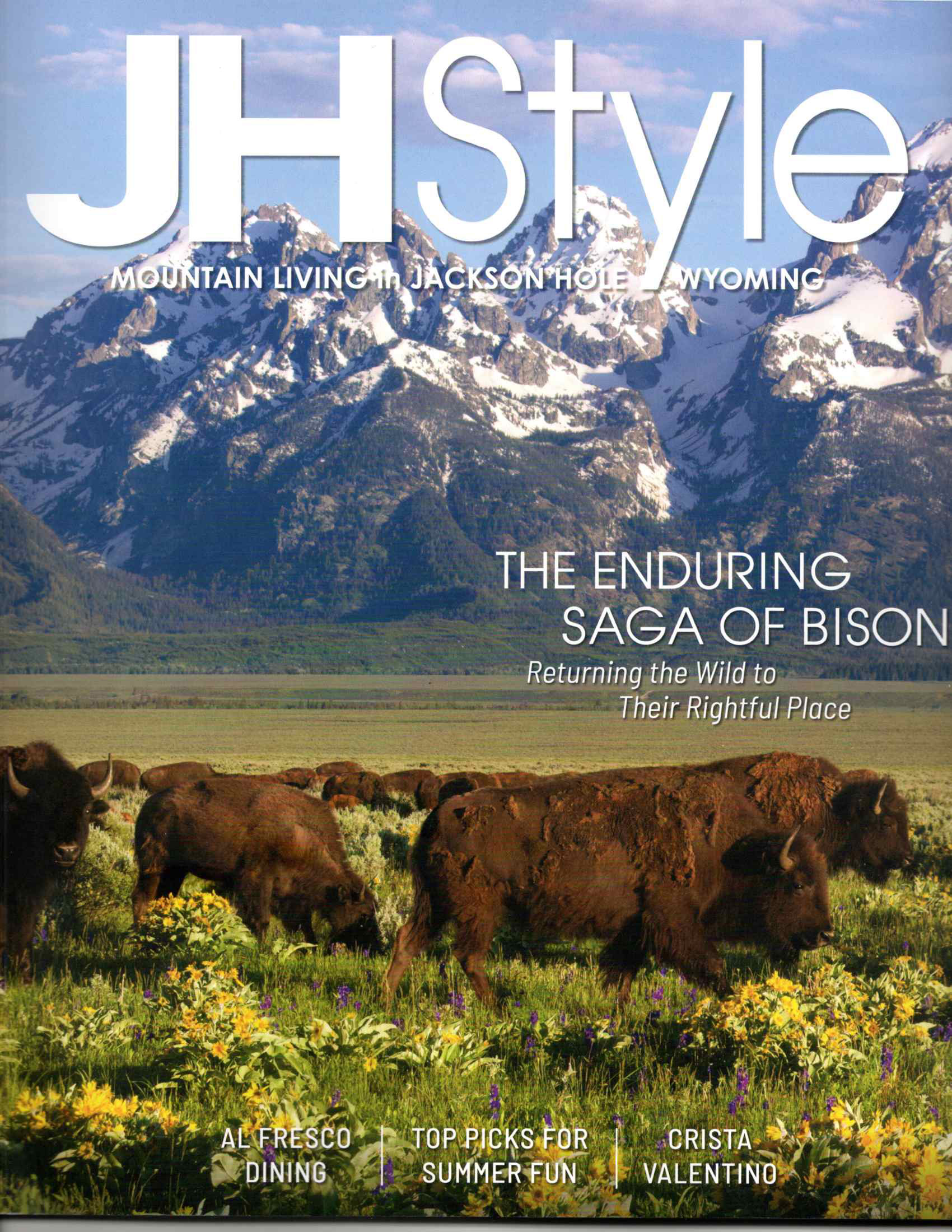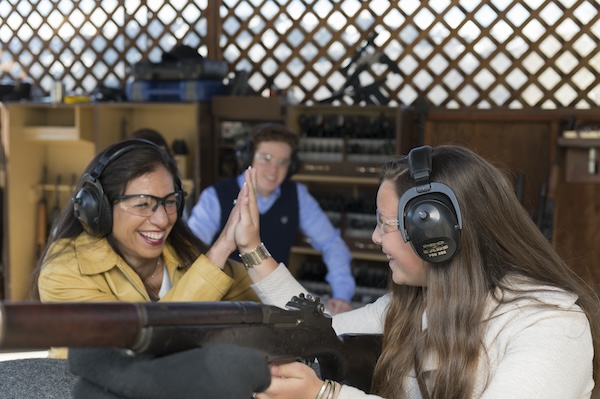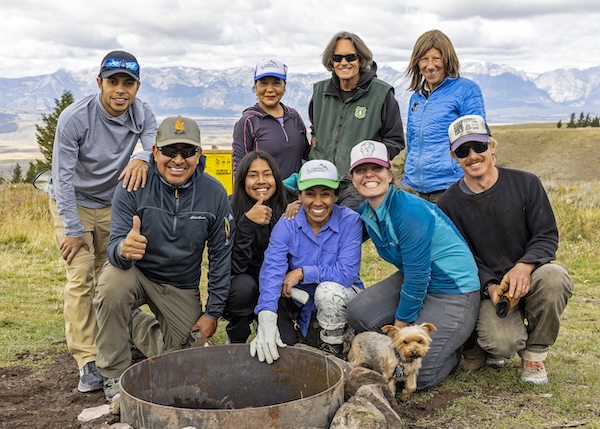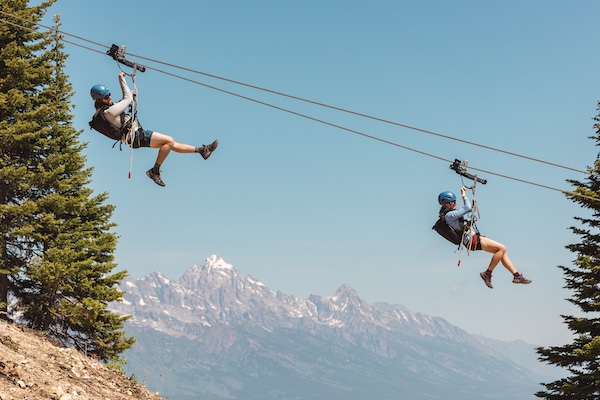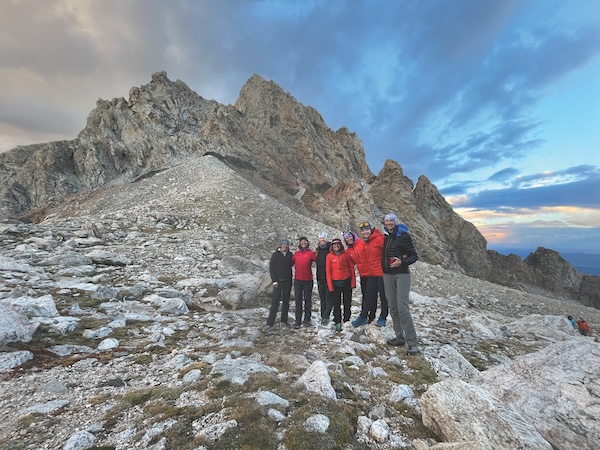Living Laboratory
23 Sep 2017
Researchers study Grand Teton National Park
Summer 2017
Written By: Kristen Pope | Images: Courtesy Grand Teton National Park - National Park Service
At any one time, dozens of studies can be underway in Grand Teton National Park on topics ranging from climate change’s effect on glaciers, to American bullfrogs, pathway use, grizzlies, ancient culture, bighorn sheep, and even the park’s fire history. Researchers come from universities, a variety of agencies, and some are employed by the park itself.
 Lead park biologist Dave Gustine works on a variety of wildlife research projects, including a new study analyzing the interactions between foxes and humans, which is part of a larger study at several different parks.
For this study, researchers are capturing and collaring foxes in several locations, hoping to learn about their genetic lineage, food sources, and hopefully even the level of human habituation for each fox. Researchers hope to use the information they collect to avoid conflict between humans and the species and to minimize negative interactions.
“A big part of what we do here in the park is managing the interface between people and animals,” Gustine says.
In addition to the fox study, Gustine and his team are also studying how human activity affects sage grouse, mule deer migration corridors, and how grizzly bears and hunters interact during the elk reduction program’s season.
Another study seeks to record interactions between bighorn sheep and non-native mountain goats to see if the goats are negatively impacting the sheep. To study them, researchers capture and collar the animals—typically by sending a specialized contract crew up in a helicopter.
Once GPS collars are affixed, researchers can receive data points at set intervals throughout each day describing where the animals are—they can accurately tell where each animal is within 10 to 50 meters.
“It’s a really good profile of individual goats and sheep and how they’re using the Teton Range throughout the year,” Gustine says.
Park wildlife aren’t the only creatures being studied; park visitors are also under the microscope. Jennifer Newton is Grand Teton National Park’s social scientist and she spends her days learning about the park’s two-legged visitors. The field of park social science is fairly new and only a handful of national parks have full-time social scientists like Newton on staff.
Lead park biologist Dave Gustine works on a variety of wildlife research projects, including a new study analyzing the interactions between foxes and humans, which is part of a larger study at several different parks.
For this study, researchers are capturing and collaring foxes in several locations, hoping to learn about their genetic lineage, food sources, and hopefully even the level of human habituation for each fox. Researchers hope to use the information they collect to avoid conflict between humans and the species and to minimize negative interactions.
“A big part of what we do here in the park is managing the interface between people and animals,” Gustine says.
In addition to the fox study, Gustine and his team are also studying how human activity affects sage grouse, mule deer migration corridors, and how grizzly bears and hunters interact during the elk reduction program’s season.
Another study seeks to record interactions between bighorn sheep and non-native mountain goats to see if the goats are negatively impacting the sheep. To study them, researchers capture and collar the animals—typically by sending a specialized contract crew up in a helicopter.
Once GPS collars are affixed, researchers can receive data points at set intervals throughout each day describing where the animals are—they can accurately tell where each animal is within 10 to 50 meters.
“It’s a really good profile of individual goats and sheep and how they’re using the Teton Range throughout the year,” Gustine says.
Park wildlife aren’t the only creatures being studied; park visitors are also under the microscope. Jennifer Newton is Grand Teton National Park’s social scientist and she spends her days learning about the park’s two-legged visitors. The field of park social science is fairly new and only a handful of national parks have full-time social scientists like Newton on staff.
 “A big part of what we do
here in the park is managing the
interface between people
and animals.”
– Dave Gustine
“I study visitor use and visitor experience in the park,” Newton says. She uses a variety of methods including trailside counters that record the number of people walking by, counting the number of vehicles in parking lots, and conducting trailside surveys.
Her mission is to examine when and where people go in the park as well as a more in-depth analysis of the park experience as a whole. This includes who visitors are, why they come, what they’re looking to experience, and if they are getting that experience.
“We want to figure out why people are going there, what is their main driver, and what they are experiencing there,” Newton says. “If they’re looking for solitude, did they get that? Or a great day with family and a short hike. Did they get that or not?”
One of the main social science research projects on tap for this summer is to collect data about visitor experiences in the Jenny Lake area. Once the Jenny Lake Restoration Project is completed in two or three years, the study will be repeated to compare the initial data to newly collected data to analyze the project’s impact.
Whether they are researching two-legged visitors, the four-legged variety, or something else, scientists in Grand Teton National Park spend their days collecting important data which will help protect and preserve the park for future generations.
“A big part of what we do
here in the park is managing the
interface between people
and animals.”
– Dave Gustine
“I study visitor use and visitor experience in the park,” Newton says. She uses a variety of methods including trailside counters that record the number of people walking by, counting the number of vehicles in parking lots, and conducting trailside surveys.
Her mission is to examine when and where people go in the park as well as a more in-depth analysis of the park experience as a whole. This includes who visitors are, why they come, what they’re looking to experience, and if they are getting that experience.
“We want to figure out why people are going there, what is their main driver, and what they are experiencing there,” Newton says. “If they’re looking for solitude, did they get that? Or a great day with family and a short hike. Did they get that or not?”
One of the main social science research projects on tap for this summer is to collect data about visitor experiences in the Jenny Lake area. Once the Jenny Lake Restoration Project is completed in two or three years, the study will be repeated to compare the initial data to newly collected data to analyze the project’s impact.
Whether they are researching two-legged visitors, the four-legged variety, or something else, scientists in Grand Teton National Park spend their days collecting important data which will help protect and preserve the park for future generations.


